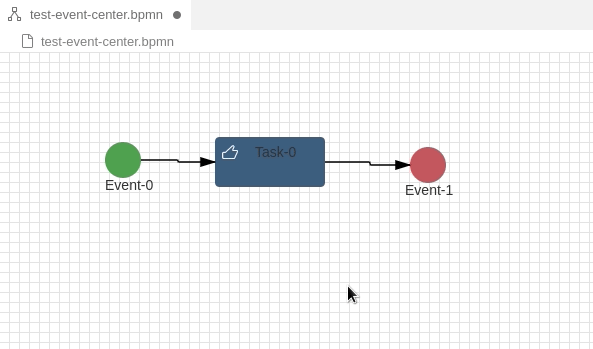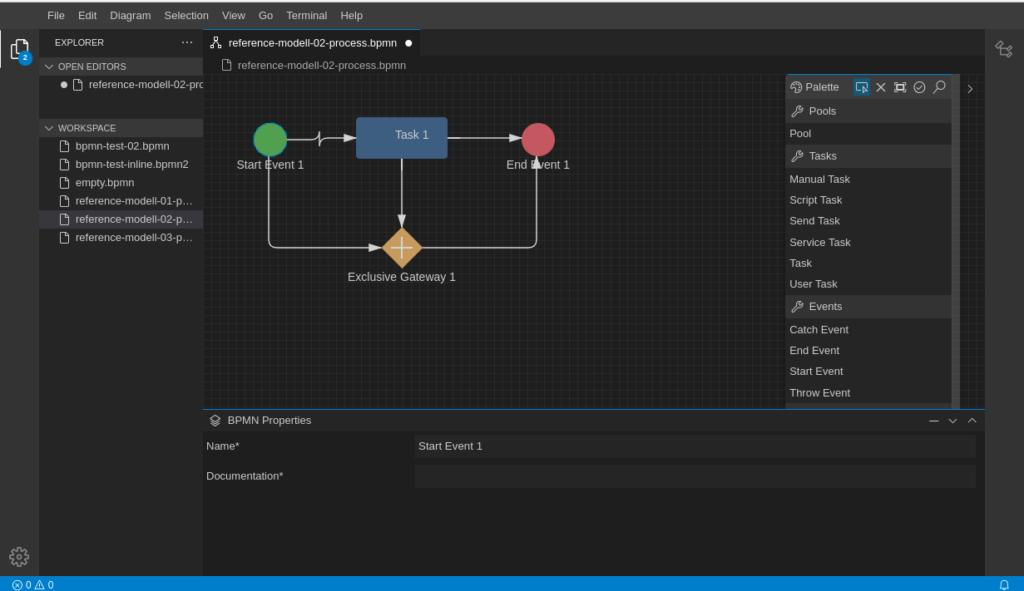Today, I discussed with some capable developers the pros and cons of SPA frameworks. This discussion resulted in a debate about the business logic in SPAs, which brought me to the following thoughts about a SPA architecture. In one sentence: Don’t think about the business logic!
Why? Take a moment and remember about the basic idea of a Singe Page Application, what is the general concept behind all that? Basically it is the fact that we can represent any kind of information in modern web browsers. Using HTML5, CSS3 and JavaScript enables us to deal with information in a very easy way. Browsers were build to present information – noting else!. JavaScript on the other hand is just a way to deal with some behaviour how to represent information to the user. For example: fade in some very important message, or show a bubble information text when the user moves the mouse over a picture.
On the other hand we today know very well the concept of REST Services. This is one of the major enablers of Singe-Page-Applications. All frameworks, like Backbone, React, AngularJS, Emer.JS or Ben.JS deal with REST Services and help us to handle the information which we want to show to the user. But if you think about that – these frameworks were build on the following problem: how to present data in a Web Browser using JavaScript?
Today the most SPA frameworks also deal with a heavy load of functionality which makes it hard to understand most of these frameworks. This is because people began to think about another problem: How can we process information? But this the domain of business logic. In the past this business logic was placed in server side frameworks like JEE or Spring. I think this is the right place for this kind of logic. A server should think about how data should be stored in a database, validate data, transform data or update data depending on various business rules. But the time when the Single-Page-Frameworks become more and more common in modern development, many people begun to believe that JavaScript is now the place for business logic. And so we began to use REST Services just to store and fetch data entities. But this is absolutely wrong! Business Logic means to deal with business data in a way going conform with the business process. So business logic is something which is related to the data and not to the representation of data!
So at the end this means that you should put all your business logic into your REST Service API which is the interface between your Browser front-end and your database back-end. And now you will see what Singe-Page-Applications are really good for: they just represent the data provided by your REST Services. No business logic here! Just show the user the data provided by the back-end. This means: if there is data – show it to the user – if there was something going wrong with the data – show the error message to the user. A Singe-Page-Application can be as dumb as a Terminal application in the 1980s. Put your business logic into the back-end, and use SPA to represented your data. The result will be a be scale-able, flexible and modern Web Application. And the best: You don’t need to worry about which framework you choose on the front-end. No matter if Angular 2.0 brings up a new concept. The goal of your Web Application is just to represent information – nothing else!
Take a look at the open source project Ben.JS which solves the problem of representing data in a web browser….



